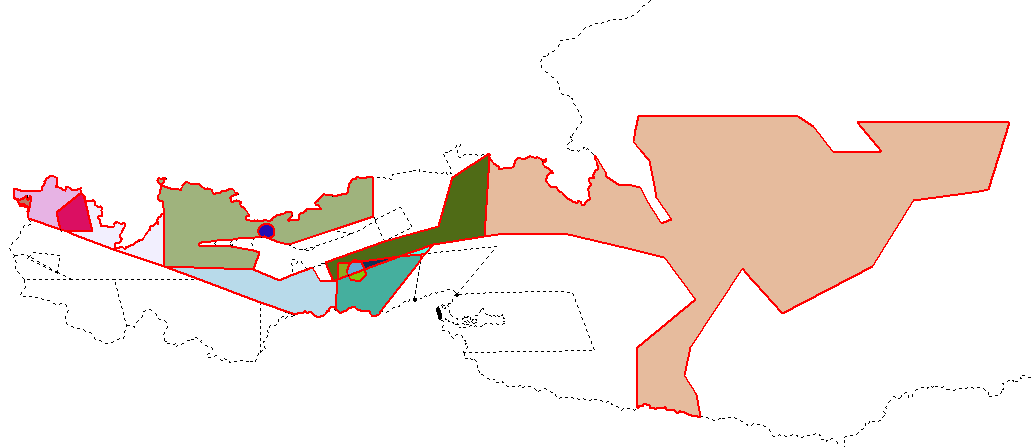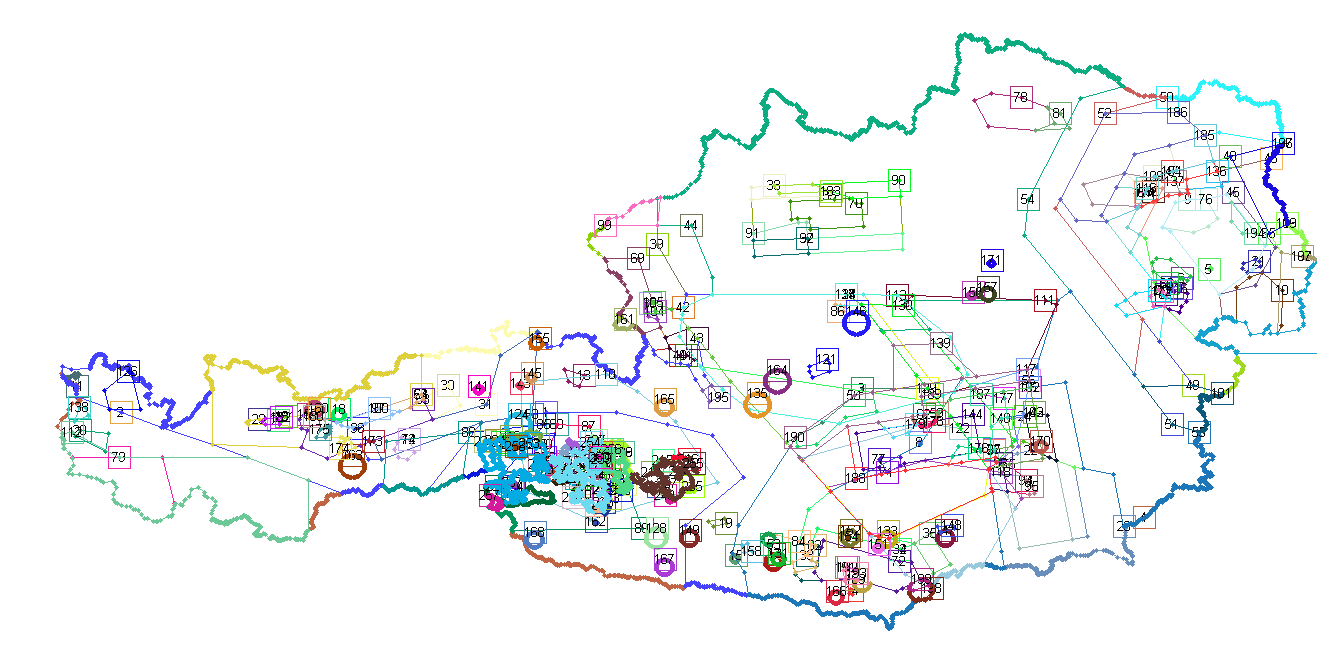FH Joanneum - Master Thesis: OFM AI labeling for aeronautical data layers
Better preplaced labels for the maps
This project focuses on an intelligent algorithm to place labels in automatic manner, to ensure a complete and unique interpretation.
Abstract
In the field of air navigation, many modern electronic aids are available such as the system of multilateration or global navigation satellite systems. The basic information databases of any navigation method are the aeronautical charts and as such they are still essential for a navigators daily job. In this consensus, it is important for the charts to be updated and modified in regular intervals in order to provide the pilots with real-time information concerning runway constellation, navigation aid position, airspace dimensions and other important information.
Maintaining these charts requires much effort because many steps are still carried out by hand. However, there are certain phases during the creation of a chart in which there is a large potential for automation to assist the designers. One of these phases is the positioning of the aerospace labels, in which the complexity of the problem is mainly raised by the fact that multiple three-dimensional airspaces need to be defined and declared on a two-dimensional piece of paper. This causes several airspaces to overlap each other and a wrong method of label placement will lead to ambiguity.
The content of this thesis is the creation and implementation of an algorithm that analyzes the situation of aerospace dimensions and overlapping and that gives a suggestion for label positions while avoiding ambiguity or under-definition but still using labels as rare and simple as possible. The program consists of three main parts:
- Preprocessing: reading all appearing airspaces of a chart, detecting zones of overlapping and other special situations
- Main processing: assigning labels to the airspaces using an iterative or partially iterative algorithm
- Post processing: adapting and exporting the result in a way that the chart design software can read and load it
The program is implemented as a C++ console based program with the intention to be executed remotely and in collaboration with other components. The functioning of the program is described in detail in this paper. Further suggestions are given on how the program can be improved and/or extended.
Progress:
In the following example of austria you see how cells are created. These cells represent the basis for the required labeling logic.

